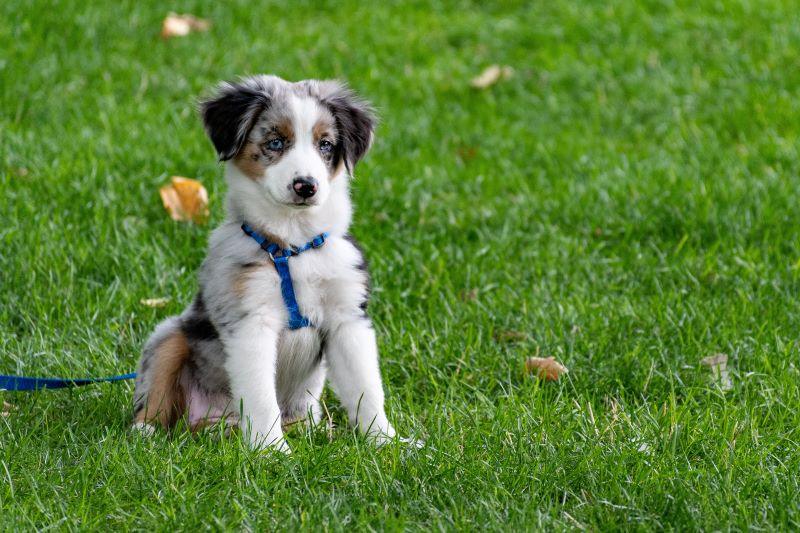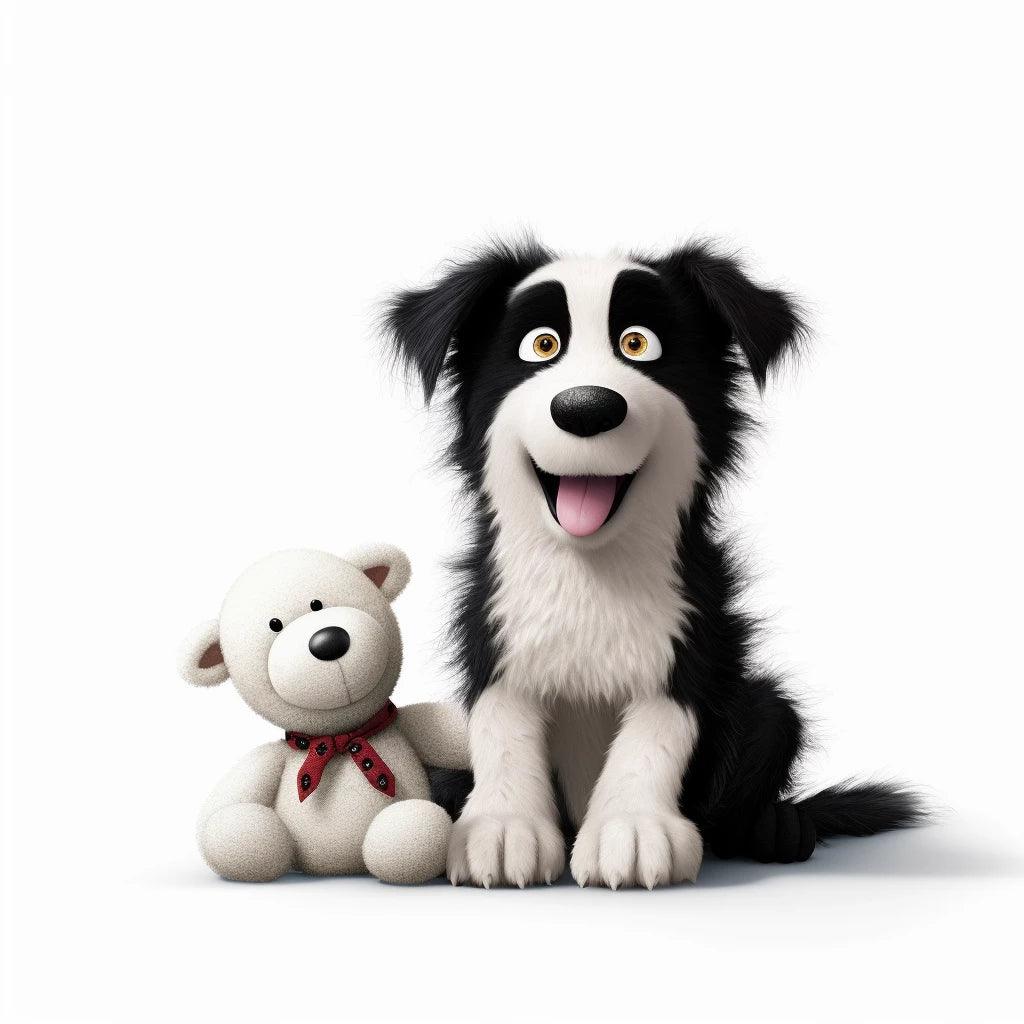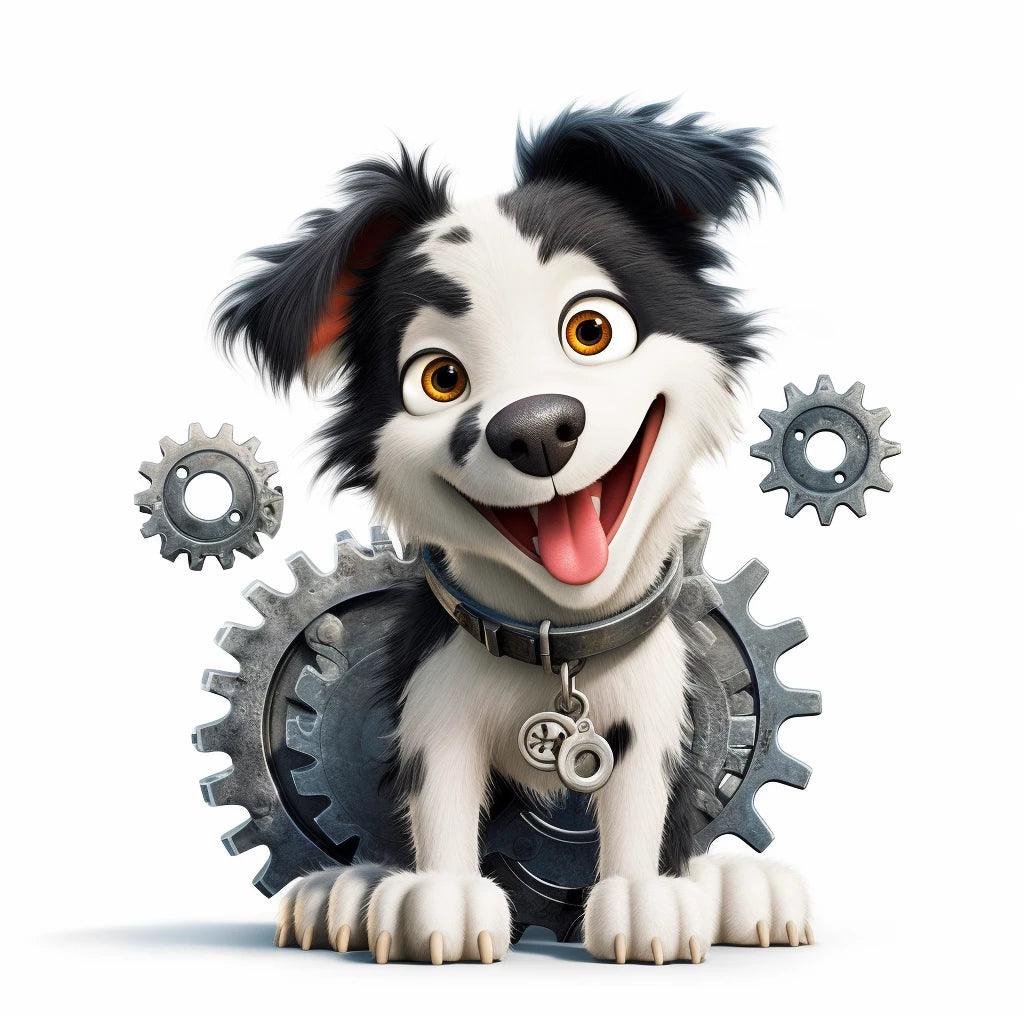
What age to put a harness on a puppy?
Share
Introducing a harness to a puppy is an important step in its education and socialization. A harness can be a valuable tool for walking, training, and keeping your puppy safe. However, many owners wonder at what age they can start using a harness for their little friend. This article explores the appropriate age to introduce a harness to a puppy and offers tips to make this transition easier.
The Importance of Timing
The ideal age to start using a harness on a puppy is usually around 8 weeks, after the puppy has received its first vaccinations and is ready to start exploring the outside world. At this age, puppies are young enough to quickly get used to wearing a harness, but they should have already started to adapt to their new environment.
Why Choose a Harness for a Puppy?
Safety: The harness provides better safety for puppies, especially for those who are prone to pulling or trying to escape. Unlike a collar, a harness reduces the risk of injury to the neck and windpipe.
Control: A harness gives the owner greater control during walks and training, which is crucial for preventing unwanted behavior from the start.
Comfort: Harnesses are often more comfortable for puppies, especially if they fit well, preventing chafing and pressure on the neck.
Tips for Introducing a Harness
-
Choose the Right Harness: Opt for an appropriately sized harness for your puppy, preferably an adjustable model that can accommodate his growth. Look for soft, breathable materials to ensure comfort.
-
Gradual Introduction: Let your puppy sniff and explore the harness before putting it on. You can reward him with treats to associate the harness with something positive.
-
Training Short and Sweet: The first few times you put the harness on your puppy, keep the experience short and positive. Do not force the puppy if he resists and reward him generously.
-
Correct Fit: Make sure the harness fits correctly - not too tight, not too loose. You should be able to slip two fingers between the harness and your puppy's skin.
-
Monitoring: Monitor your puppy for any signs of discomfort or chafing and adjust the harness or change models as needed.
Conclusion
Introducing a harness to a puppy from the age of 8 weeks can be beneficial for his education and safety. It is important to choose the right harness and introduce the accessory in a positive and gradual manner. With patience and encouragement, your puppy will quickly get used to his new harness, making walks and training safer and more enjoyable for both of you. Remember that every puppy is unique; some may require more time to get used to their harness. The important thing is to remain patient and follow your puppy's pace.
FAQs on Using a Puppy Harness
Q1: At exactly what age can I start using a harness for my puppy?
Answer: You can start using a harness on your puppy as early as 8 weeks old, once he has started receiving his vaccinations. This allows them to get used to wearing a harness from a young age.
Q2: How do I choose the right size harness for my puppy?
Answer: Measure your puppy's chest just behind the front legs to determine the appropriate size. Choose an adjustable harness to accommodate your puppy's rapid growth.
Q3: Can a harness be used for potty training?
Answer: Although the harness is primarily used for walks and controlling the puppy, wearing it can also help establish a routine, including potty training, by signaling that it is time to go outside.
Q4: Can my puppy wear his harness all day?
Answer: It is not recommended to leave the harness on a puppy all day. Removing it after walks and training allows your puppy's skin to breathe and reduces the risk of irritation.
Q5: What are the advantages of using a harness rather than a collar for a puppy?
Answer: Harnesses provide better force distribution when you pull, which can prevent neck and windpipe injuries. They also provide greater control over the puppy's movements without the risk of strangulation.
Q6: How do I get my puppy used to wearing a harness?
Answer: Gradually get your puppy used to the harness by first letting him smell it and then rewarding him for wearing it for short periods of time. Gradually increase the time he spends wearing it.
Q7: Can a puppy escape from a harness?
Answer: Properly fitted, it is difficult for a puppy to escape from a harness. Be sure to check harness fit regularly, especially in growing puppies.
Q8: Can I attach a leash to a puppy harness?
Answer: Yes, you can and should attach a leash to a puppy harness. This provides better control during walks, distributing pressure across the puppy's body rather than their neck.
Q9: What type of harness is best for a puppy?
Answer: A soft, lightweight, adjustable harness is ideal for a puppy. Look for breathable materials for comfort and adjustable straps to accommodate his growth.






